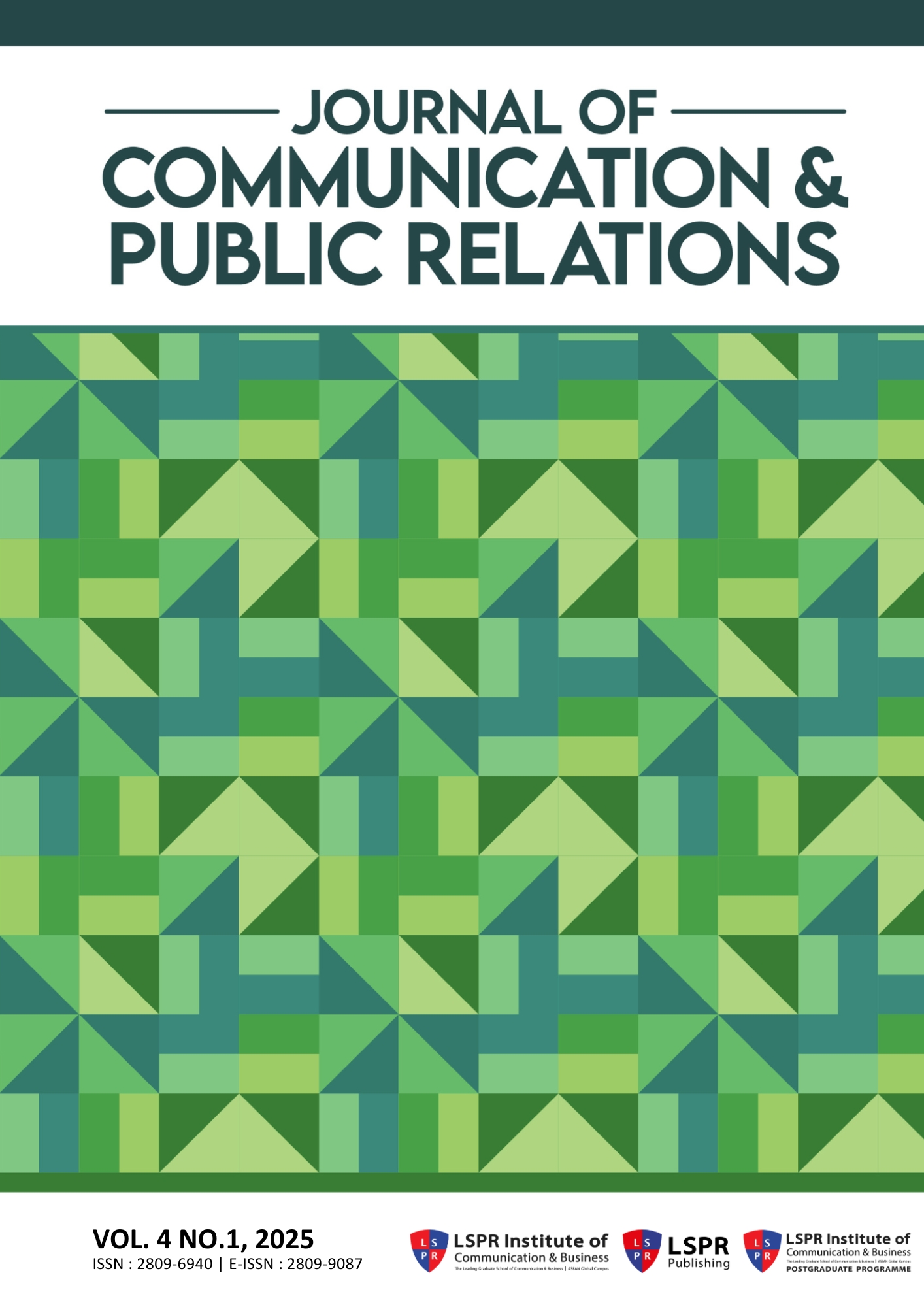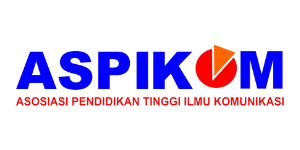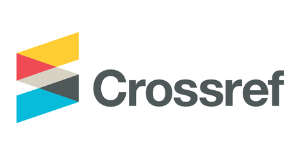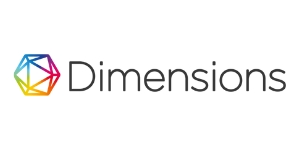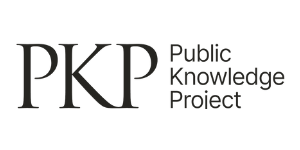Mapping the Discourse of Power: Diplomatic Actors on X (Formerly Twitter)
DOI:
https://doi.org/10.37535/105004120251Keywords:
digital diplomacy, power dynamics, diplomatic engagement, Crisis Communication, interactive strategiesAbstract
This study explored the impact of power dynamics on digital diplomacy by analyzing the Twitter usage of three diplomatic actors (the Chinese, UK, and US Embassies in Kenya). The research aimed to answer questions about who the diplomats prioritized for engagement, how they used Twitter in crisis communication, and how they became media actors by adopting media logic in their digital diplomacy practices. The results of the study showed that Twitter was utilized by diplomats to control the daily agenda, express opinions, and influence followers and media outlets. The Chinese and UK Embassies made use of the platform for formal communication and to communicate with their diaspora. The US ambassador followed online influencers to set the online conversations and expand their online presence. Meanwhile, the UK ambassador leveraged the media to drive foreign policy and tailor messages to the Kenyan audience. The findings also indicated that all embassies had adopted a media logic by following various media sources. The study also found that the Chinese embassy was quick to respond to any tweet that mentioned human rights issues in Xinjiang, Tibet, and Inner Mongolia, and used Twitter as a tool to correct misinformation. In conclusion, diplomats use Twitter as a tool to engage with different audiences and achieve their diplomatic goals through interactive strategies such as two-way communication, storytelling, influencer engagement, hashtag campaigns, and media amplification. However, diplomats need to constructively engage with the digital public to accomplish their goals, while avoiding the risk of their messages being misconstrued.
References
Alden, C., & Chan, K. (2021). Twitter and Digital Diplomacy: China and COVID-19. LSE IDEAS. https://www.lse.ac.uk/ideas/Assets/Documents/updates/LSE-IDEAS-Twitter-and-Digital-Diplomacy-China-and-COVID-19.pdf
Alper, D. Ö. (2024). Public relations discourse on X (Twitter) and analysis of public relations. Journal of Communication & Public Relations, 3(1), 14-26. https://doi.org/10.37535/105003120242
Barman, S. (2024). Digital diplomacy: The Influence of Digital Platforms on Global Diplomacy and Foreign Policy. VIDYA - A Journal of Gujarat University, 3(1), 61-75. https://doi.org/10.47413/vidya.v3i1.304
Baykız, T., & Açıkalın, Ş. N. (2024). The Digitalization of Diplomacy Maturity Model (Dd-Mm): A New Model for Optimizing Diplomatic Digitalization. Journal of Nusantara Studies (JONUS), 9(2), 441-473. https://doi.org/10.24200/jonus.vol9iss2pp441-473
Bjola, C. (2016). Diplomatic Ethics: The Limits of Loyalty. In The SAGE Handbook of Diplomacy.
Çerçi, Ü. Ö. (2024). A “Notification” on the Use of Social Media as a Means of Community Resilience in Crisis Management. Journal of Communication & Public Relations, 3(2), 1-18. https://doi.org/10.37535/105003220241
Chhabra, R. (2020). Twitter Diplomacy : A Brief Analysis. ORF Issue Brief, 335, 1–12.
Coombs, H. (2022). Case Study Research Defined [White Paper]. Southern Utah University. http://dx.doi.org/10.5281/zenodo.7604301
Duncombe, C. (2017). Twitter and Transformative Diplomacy: Social Media and Iran–US Relations. International Affairs, 93(3), 545–562. https://doi.org/10.1093/ia/iix048
Duncombe, C. (2018). Twitter and the Challenges of Digital Diplomacy. SAIS Review of International Affairs, 38(2), 91–100. https://doi.org/10.1353/sais.2018.0019
Frey, C. (2024). Digital diplomacy: The Impact of Technology on Modern Diplomacy and Foreign Policy. Current Realities and Future Prospects. SSRN Electronic Journal. https://doi.org/10.2139/ssrn.4864962
Fuchs, C. (2018). Christian Fuchs-Social Media_ A Critical Introduction-SAGE Publications Ltd (2013). SAGE Publications.
Gavrilina, S., & Surma, I. (2020). UK Government and the Media: A Form of Interaction. Sovremennaya Evropa, 2020(1). https://doi.org/10.15211/soveurope120204958
Hikari Ishido, Yuki Tashiro, & Richard Liang. (2018). US President Donald Trump’s Twitter Analysis and His Trade Policy Agenda. International Relations and Diplomacy, 6(9). https://doi.org/10.17265/2328-2134/2018.09.002
Huang, Z. A., & Wang, R. (2020). ‘Panda engagement’ in China’s Digital Public Diplomacy. Asian Journal of Communication, 30(2), 118–140. https://doi.org/10.1080/01292986.2020.1725075
Ifran, M. R., Prihatini, E., & Mursitama, T. N. (2023). Twiplomacy by Indonesian Ambassadors and Embassies. E3S Web of Conferences, 388, 04005. https://doi.org/10.1051/e3sconf/202338804005
Kuncoro, H. R., Hasanah, K., Sari, D. L., & Kurniawati, E. (2024). Algorithmic influence: Twitter’s Role in Shaping Public Discourse and Amplifying Radical Content. Advances in Social Science, Education and Humanities Research, 549-553. https://doi.org/10.2991/978-2-38476-247-7_55
Lane, A., & Kent, M. L. (2018). Dialogic Engagement. In The Handbook of Communication Engagement (pp. 61–72). John Wiley & Sons, Inc. https://doi.org/10.1002/9781119167600.ch5
Manor, I. (2017). America’s selfie - Three years later. Place Branding and Public Diplomacy, 13(4), 308–324. https://doi.org/10.1057/s41254-017-0060-z
Manor, I., & Adiku, G. A. (2021). From “traitors” to “saviours”: A longitudinal analysis of Ethiopian, Kenyan and Rwandan Embassies’ Practice of Digital Diaspora Diplomacy. South African Journal of International Affairs, 28(3), 403–427. https://doi.org/10.1080/10220461.2021.1948915
Manor, I., & Segev, E. (2020). Social Media Mobility: Leveraging Twitter Networks in Online Diplomacy. Global Policy, 11(2), 233–244. https://doi.org/10.1111/1758-5899.12799
Mutua, S. N., & Ong’ong’a, D. O. (2020). Online News Media Framing of COVID-19 Pandemic: Probing the Initial Phases of the Disease Outbreak in International Media. European Journal of Interactive Multimedia and Education, 1(2). https://doi.org/10.30935/ejimed/8402
Odabaş, S. D. and M. (2023, July 26). 8 Facts about Americans and Twitter as it rebrands to X. Pew Research Center. https://www.pewresearch.org/short-reads/2023/07/26/8-facts-about-americans-and-twitter-as-it-rebrands-to-x/
Odjo, Z. C., (2024). Enhancing Diplomatic Engagement through Twitter: A Case Study of the Republic of Benin. Available at SSRN: https://ssrn.com/abstract=4891129 or http://dx.doi.org/10.2139/ssrn.4891129
Oloo, O. D. (2021). Exploring the Social Media Culture of Commenting: Youtube Users Sentiments of “Misinformation” on International News Media Sphere. Social Communication, 7(1), 90–100. https://doi.org/10.2478/sc-2021-0009
Oloo, O. D. (2022). The Role of Online News Consumers in Lessening the Extent of Misinformation on Social Media Platforms. Journal Communication Spectrum, 12(2). https://doi.org/10.36782/jcs.v12i2.2155
Ong’Ong’A, D. O. (2022). Online Citizen Perception of China’s Engagement in Kenya. In China’s International Communication and Relationship Building (pp. 233–247). Routledge. https://doi.org/10.4324/9781003254157-18
Ong’ong’a, O. (2021). Countering the new media podia: Youth and ‘Fake News’ in Kenya. Shanlax International Journal of Arts, Science and Humanities, 8(4), 8–16. DOI:10.34293/sijash.v8i4.3033
Ongonga, O. D. (2020). Syndrome-Analysis of New Media and Political Economy in 21st Century. Journal of New Media and Mass Communication, 6(1), 8–11. https://doi.org/10.18488/journal.91.2020.61.8.11
Özdemir, M. (2024). The Impact of Twitter on Digital Diplomacy in the Context of International Media. In: Akıllı, E., Güneş, B., Güner, O. (eds) Digital Diplomacy in the OSCE Region. Contributions to International Relations. Springer, Cham. https://doi.org/10.1007/978-3-031-50966-7_9
Pertiwi, N. Y., & Purwanti, N. D. (2023). Twitter for Public Organization: Communication and Public Engagement in the Generation Unlimited Initiative. Jurnal Komunikasi Indonesia, 12(1). https://doi.org/10.7454/jkmi.v12i1.1057
Ratner, A. (2020). Strategic Communication in the Era of Digital Diplomacy. In Oxford Research Encyclopedia of Communication.
Schuster, J., & Kolleck, N. (2020). The Global Diffusion of Social Innovations – An Analysis of Twitter Communication Networks Related to Inclusive Education. Frontiers in Education, 5. https://doi.org/10.3389/feduc.2020.492010
Song, W., Ruan, Y., & Sun, S. (2023). Twitter Diplomacy and China's Strategic Narrative During the Early COVID-19 Crisis. Asian Perspective, 47(4), 683-705. https://doi.org/10.1353/apr.2023.a912750
Summa, G. (2020). ‘We the People’ in the Twitter Age: Digital Diplomacy and the Social Legitimacy of the United Nations. LSE: Media and Communications, 4-65. https://www.lse.ac.uk/media-and-communications/assets/documents/research/working-paper-series/WP-63.pdf
Taylor, M., & Kent, M. L. (2014). Dialogic Engagement: Clarifying Foundational Concepts. Journal of Public Relations Research, 26(5), 384–398. https://doi.org/10.1080/1062726X.2014.956106
Tsvetkova, N., Rushchin, D., Shiryaev, B., Yarygin, G., & Tsvetkov, I. (2020). Sprawling in Cyberspace: Barack Obama’s Legacy in Public Diplomacy and Strategic Communication. Journal of Political Marketing, 1–13. https://doi.org/10.1080/15377857.2020.1724425
Valencia, R. J., & Moscato, D. (2020). Navigating #ObamainCuba: How Twitter Mediates Frames and History in Public Diplomacy. Place Branding and Public Diplomacy. https://doi.org/10.1057/s41254-020-00162-7
Wang, Q. (2022). Using Social Media for Agenda Setting in Chinese Government’s Communications during the 2020 COVID-19 Pandemic. Journal of Communication Inquiry, 46(4), 373-394. https://doi.org/10.1177/01968599221105099
Zhang, Y., & Ong’ong’a, D. O. (2021). Unveiling China’s Digital Diplomacy: A Comparative Analysis of CGTN Africa and BBC News Africa on Facebook. Asian Journal of Comparative Politics, 205789112110682. https://doi.org/10.1177/20578911211068217

